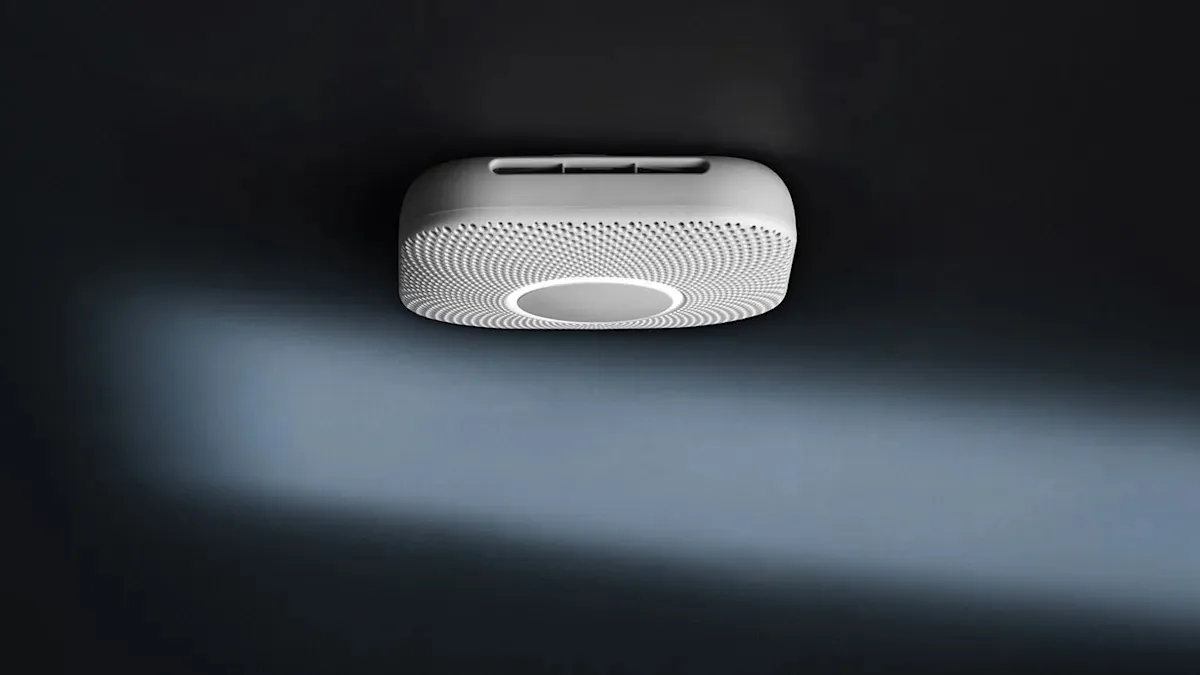
In a strategic move to enhance its smart home ecosystem, Google is revamping its product lineup by discontinuing production on two notable devices. This shift marks a significant transition towards integrating with third-party manufacturers, allowing for a more versatile smart home experience.
First on the list is the Nest Protect smoke and carbon monoxide (CO) alarms. Google has announced that it will be ending production of these devices. However, customers need not worry—existing Nest Protect units will continue to function normally and will receive essential security updates until their respective expiration dates. Additionally, these devices will remain available for purchase while supplies last, ensuring that consumers can still acquire them for the time being.
Another significant change is the discontinuation of the Nest x Yale smart lock. Similar to the Nest Protect, this smart lock will also continue to receive security updates and will be available for purchase until the inventory runs out. This decision reflects Google’s shift in focus towards collaborating with other brands to enhance security and smart home functionalities.
In a bid to improve its smart home offerings, Google has announced a partnership with First Alert. Instead of manufacturing its own smoke alarm, Google will collaborate with First Alert to create a new smart smoke and carbon monoxide alarm. This innovative device will seamlessly integrate with existing Nest Protect products and can be conveniently controlled via the Google Home app.
While an exact release date has yet to be provided, First Alert has indicated that the new smart alarm will be available soon in the US and Canada. The anticipated price for this device is set at $130. Consumers can expect to find it in both Google and First Alert stores, as well as through various retail outlets and professional distribution partners.
Google’s decision to streamline its smart home product offerings and partner with established brands like First Alert highlights its commitment to enhancing user experience through greater integration and functionality. As the smart home industry evolves, these changes reflect a growing trend towards collaboration, ensuring that users have access to the latest technology and features for their homes.